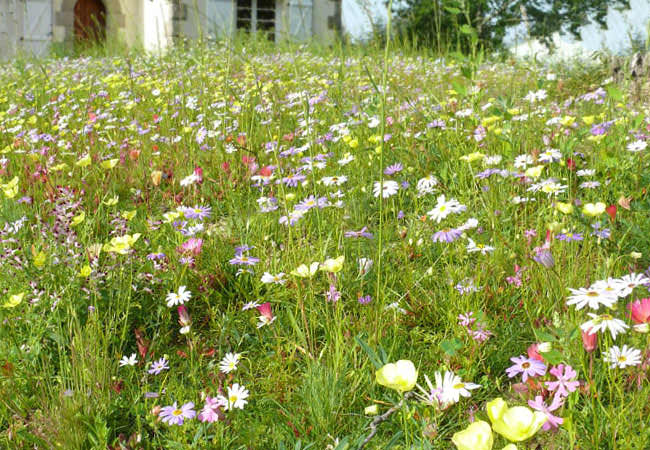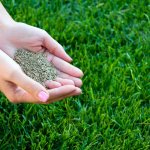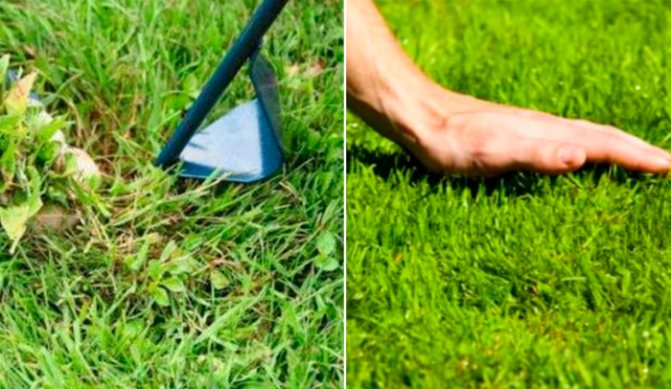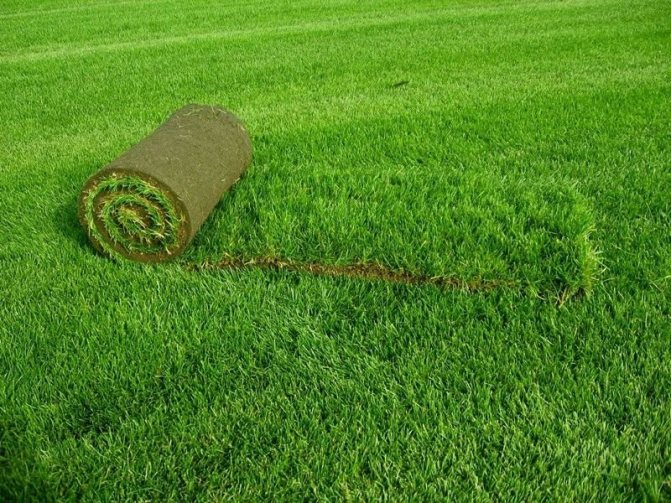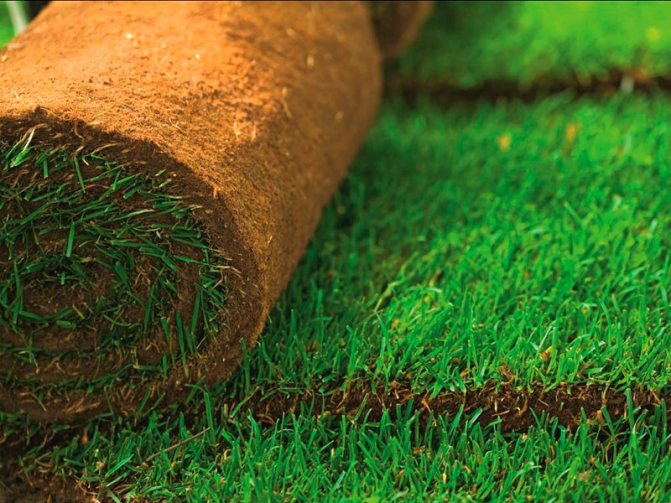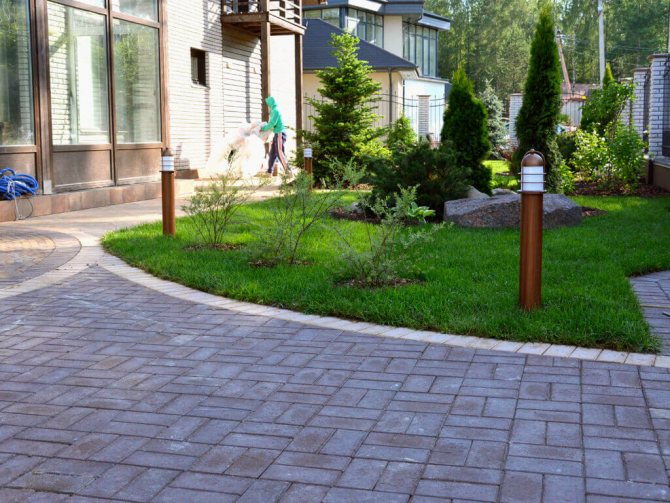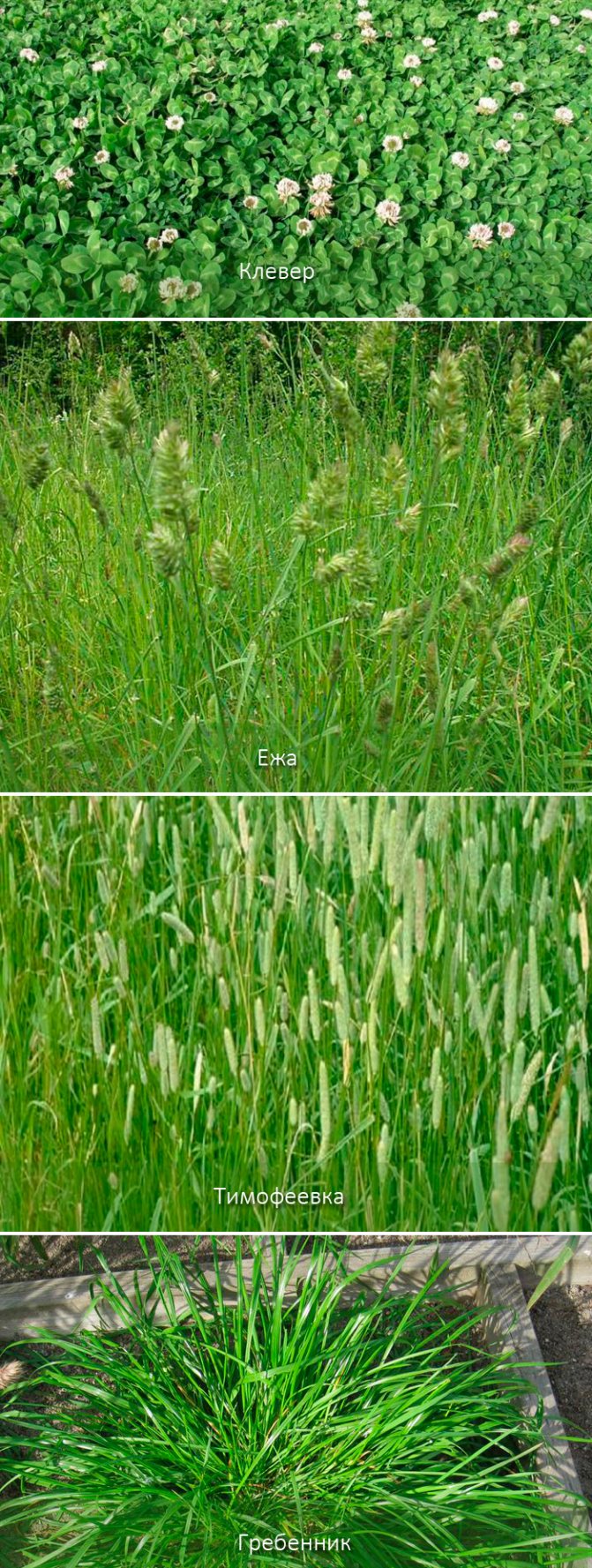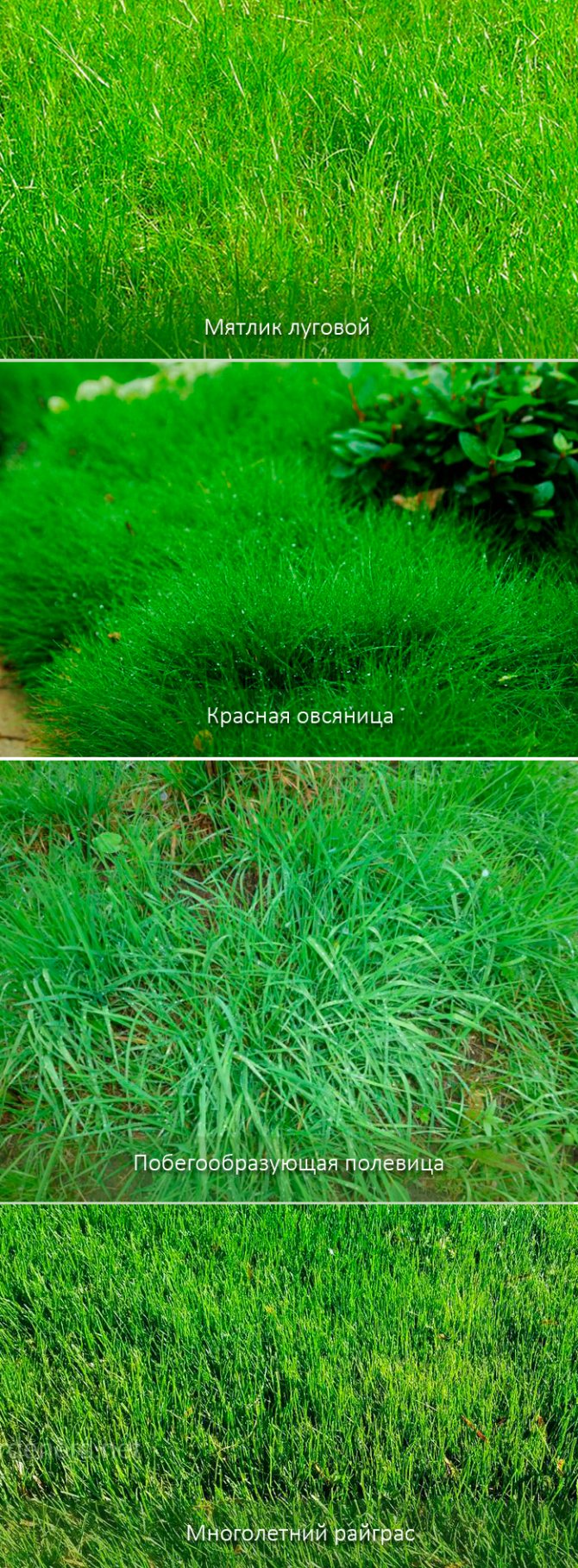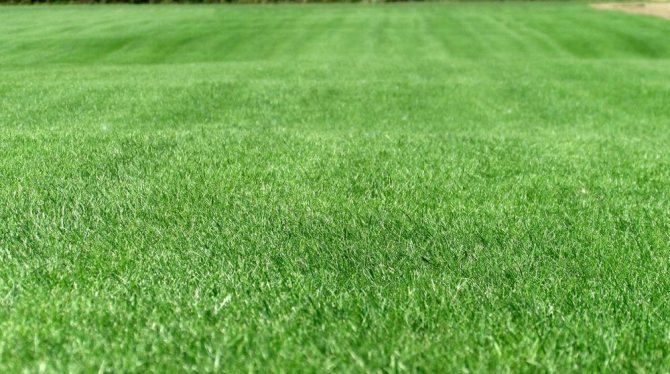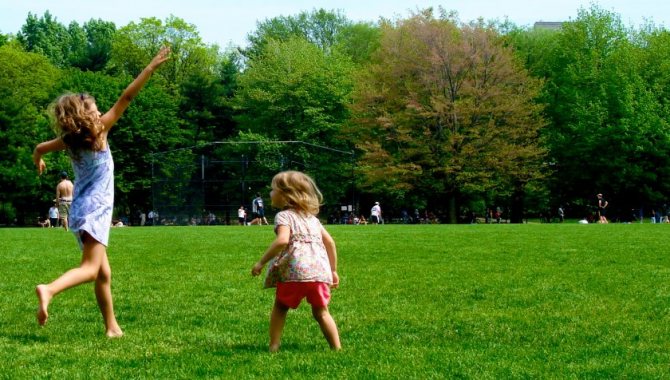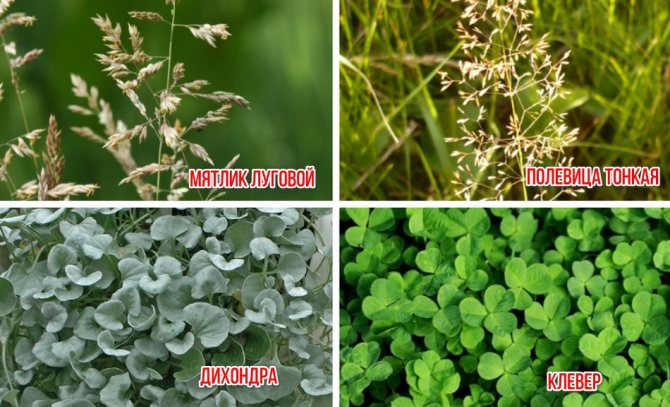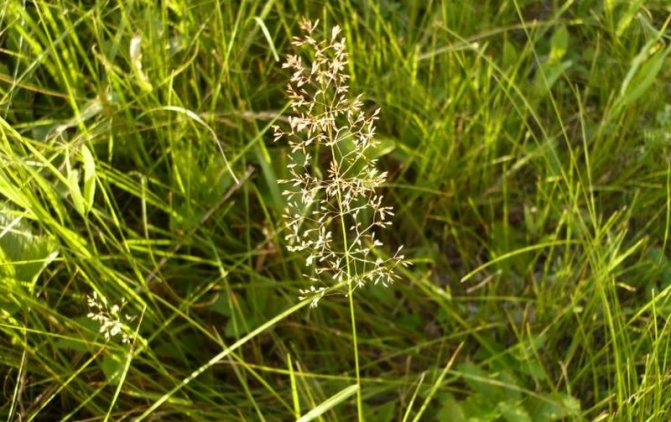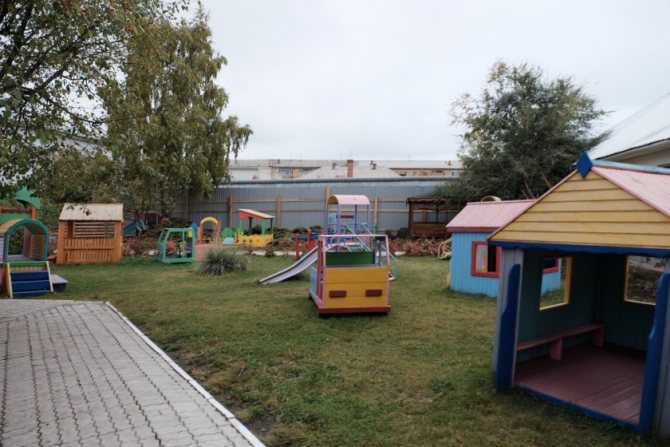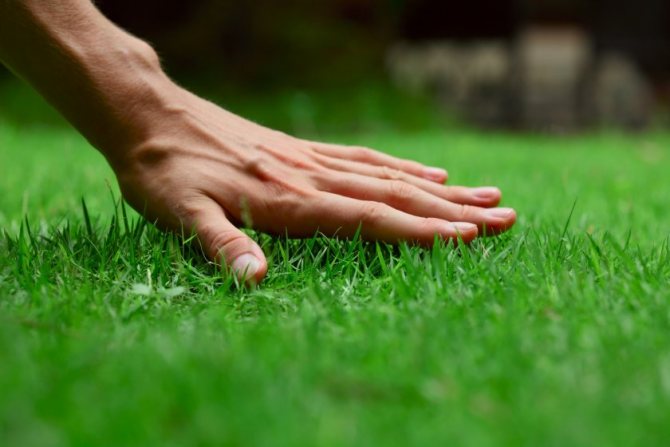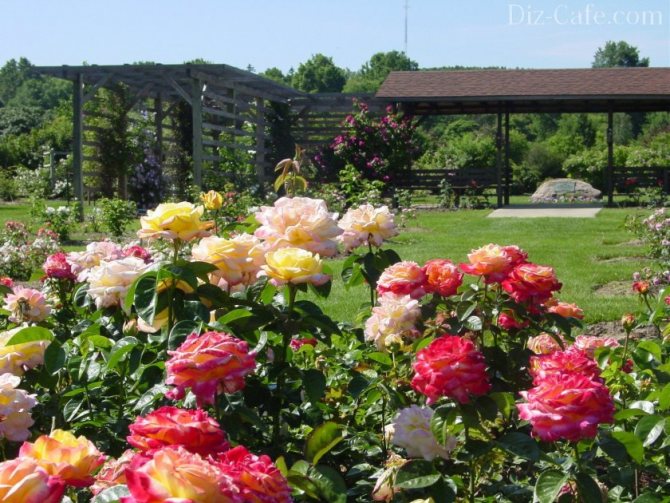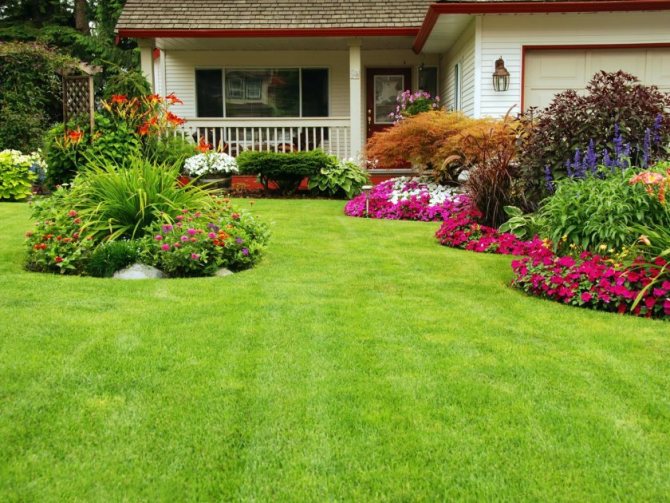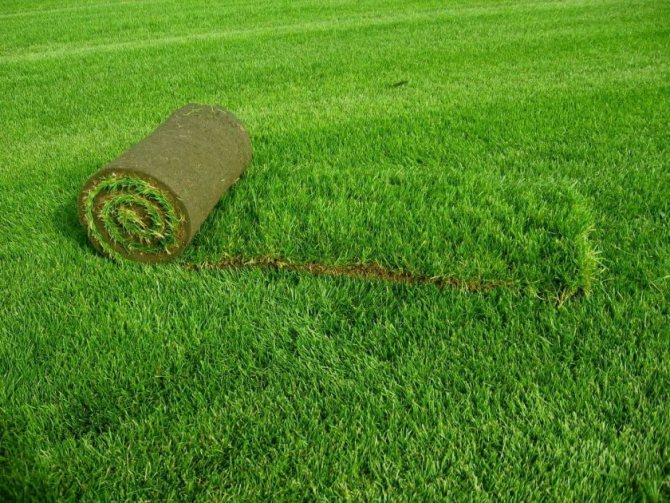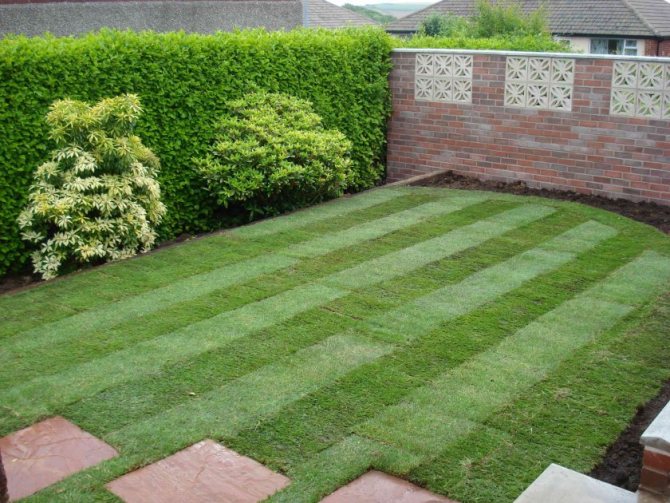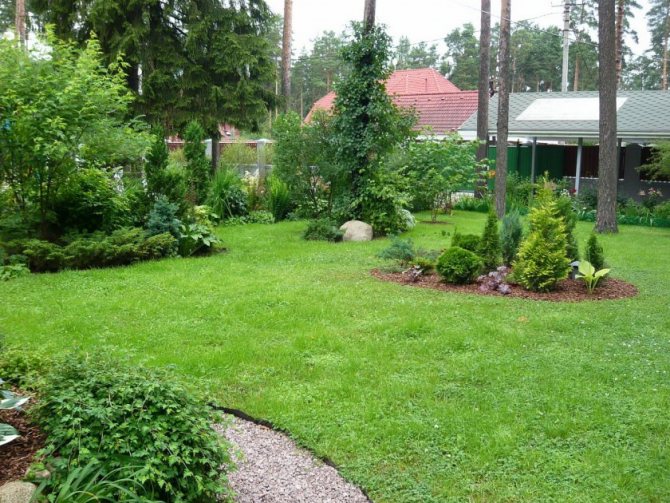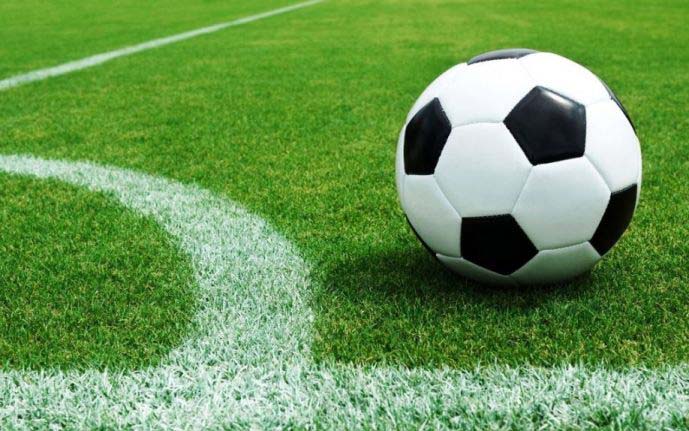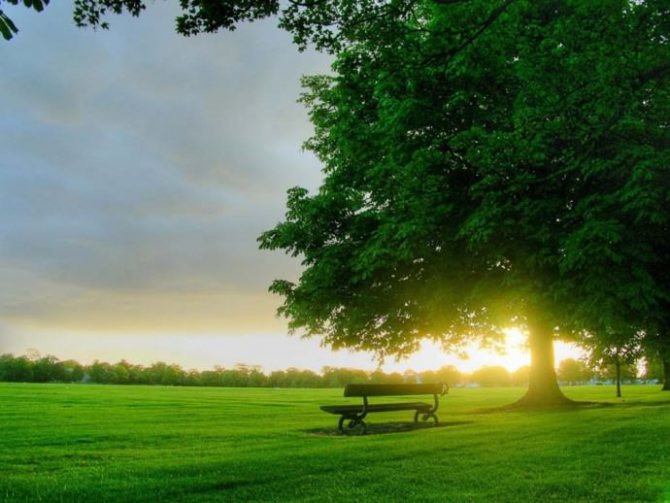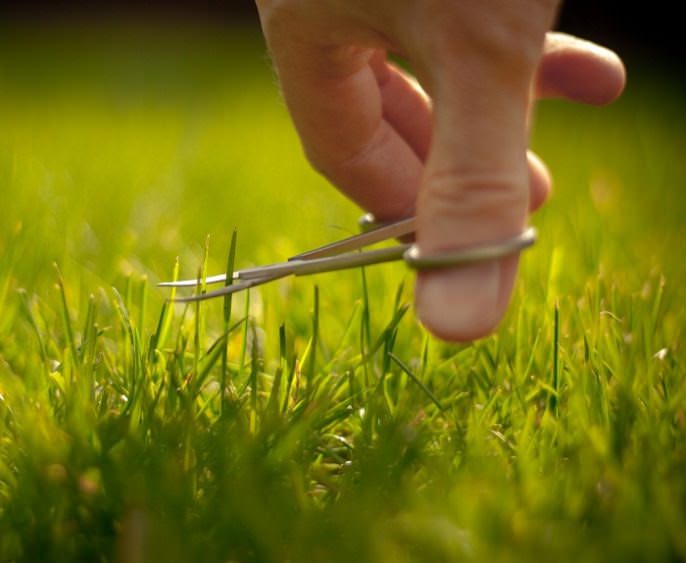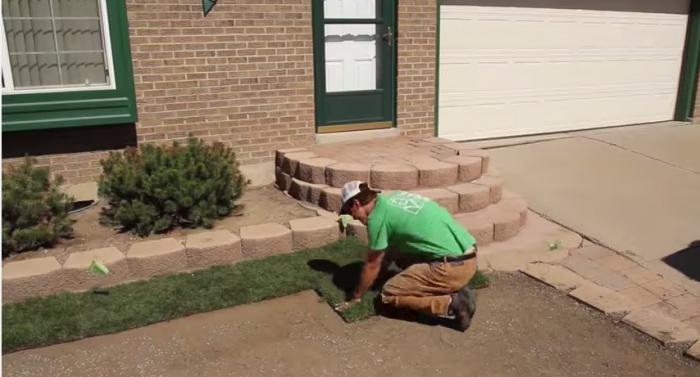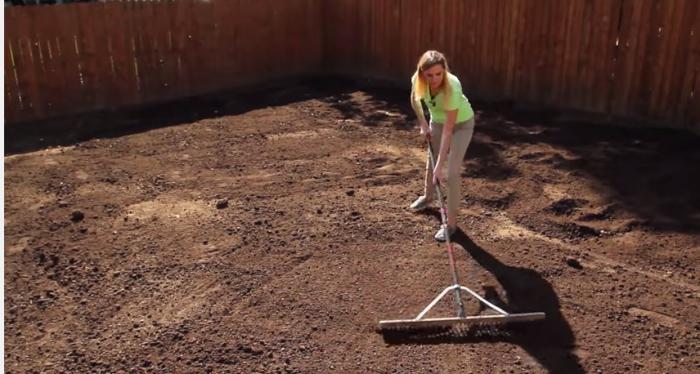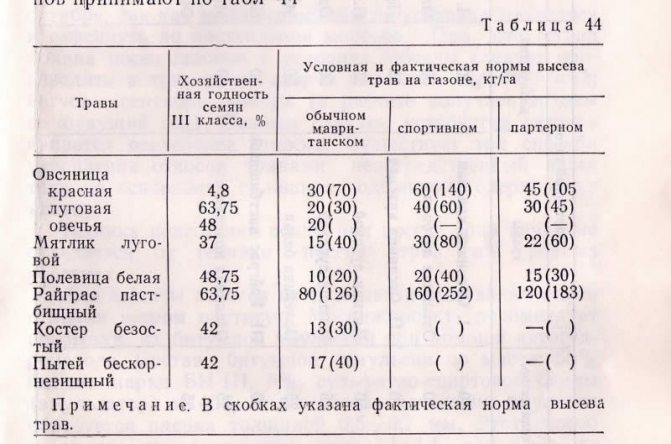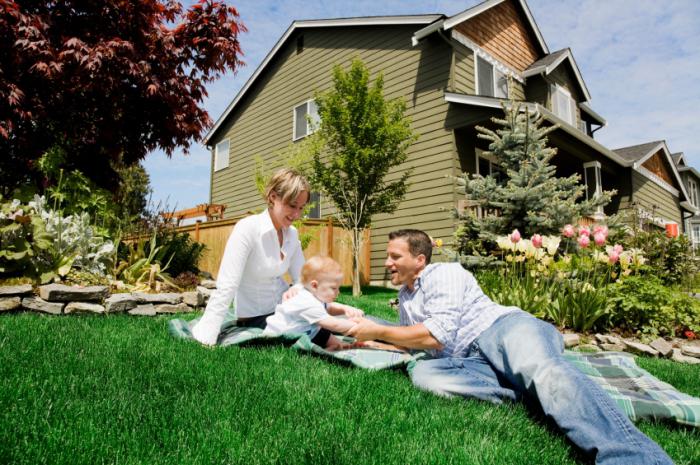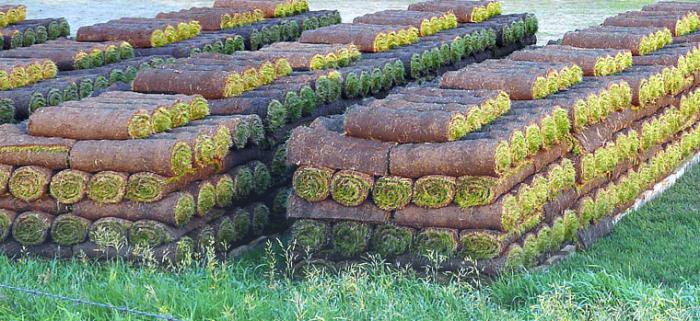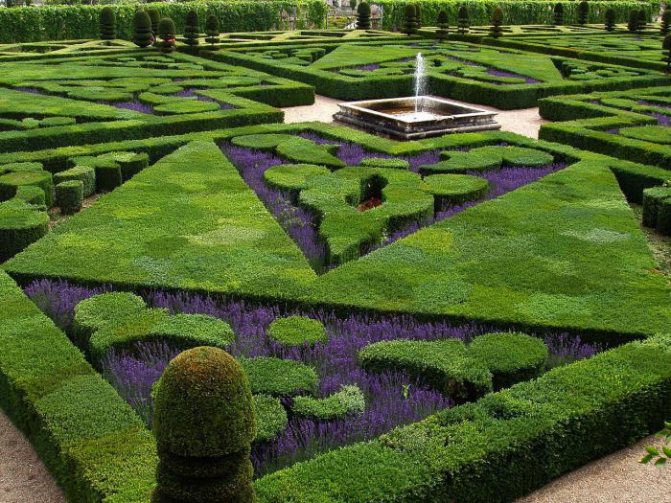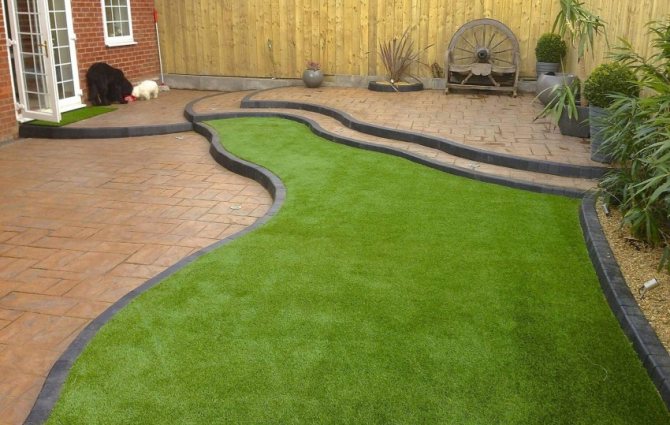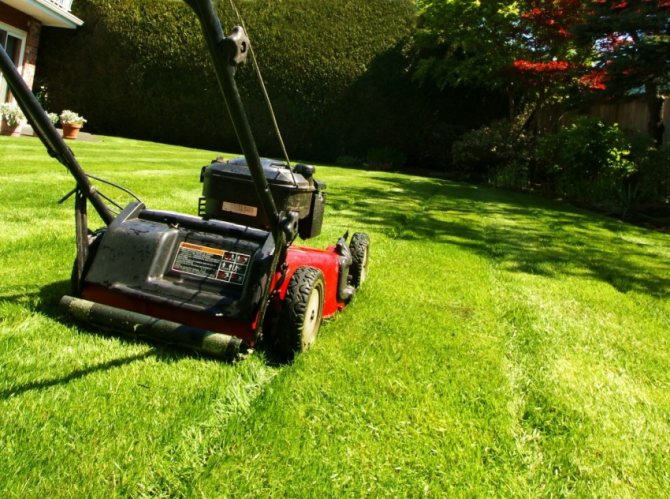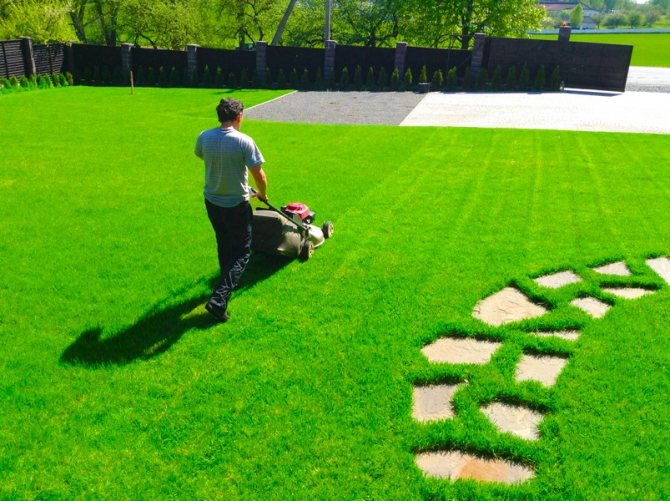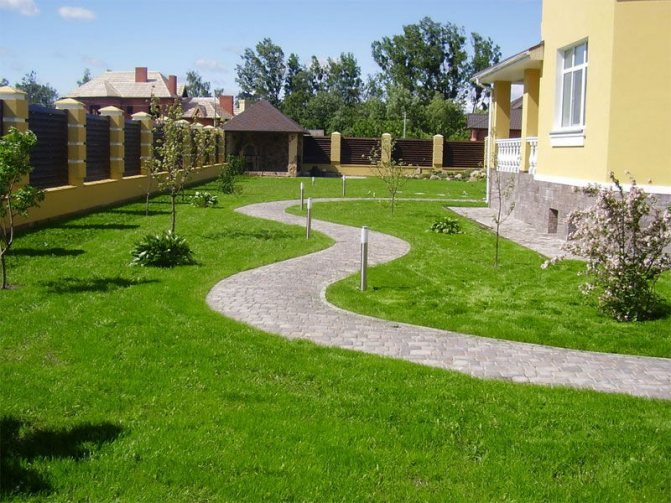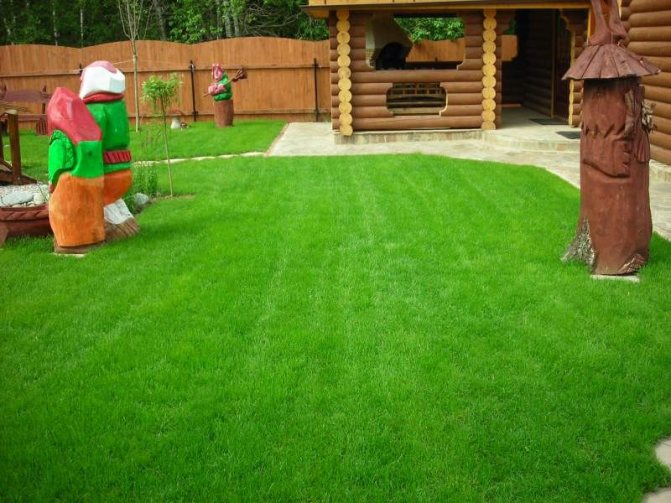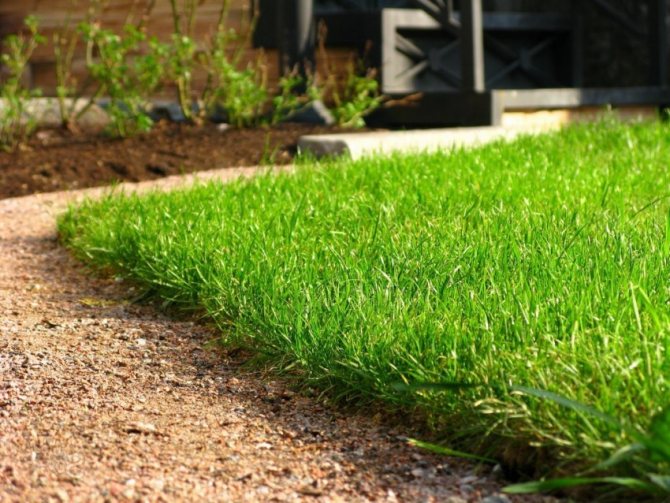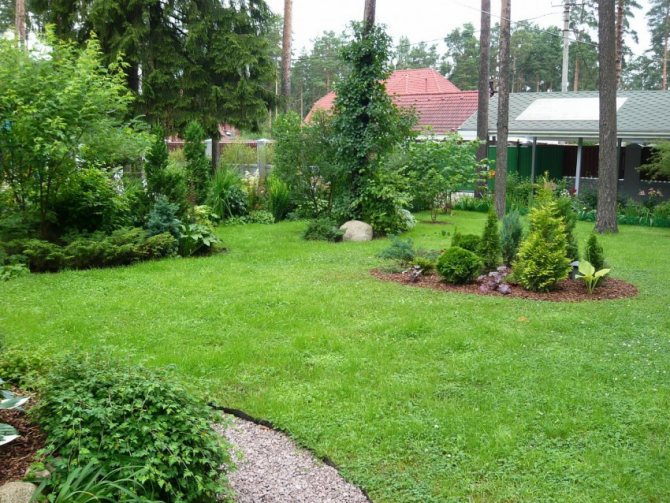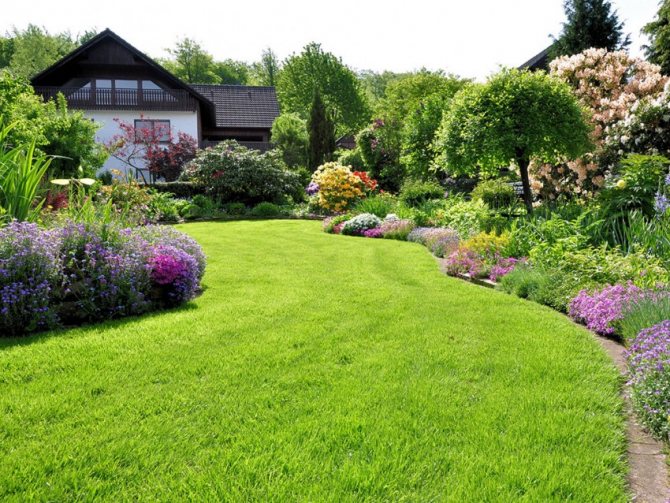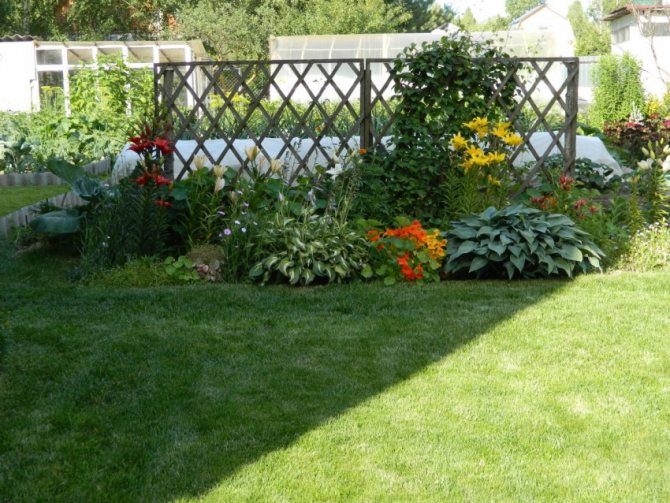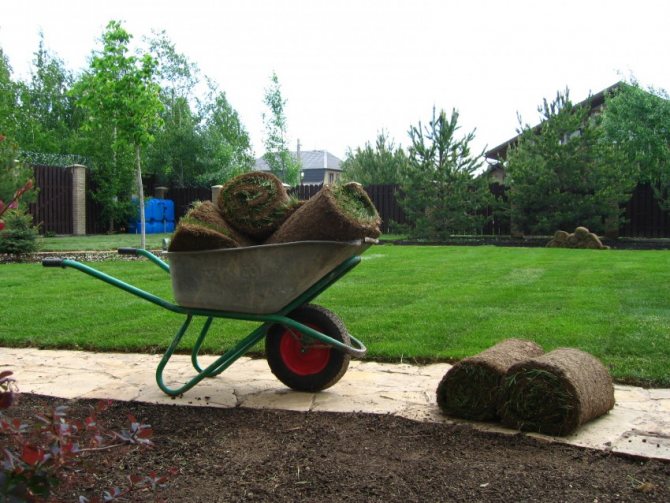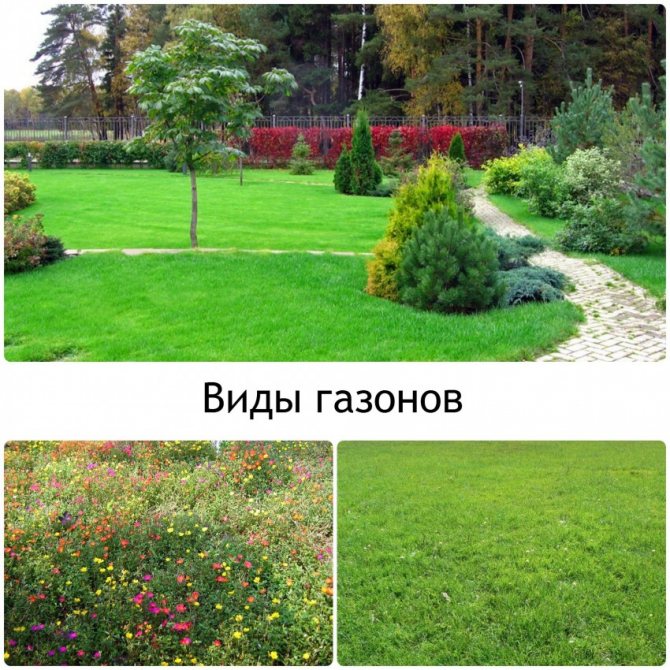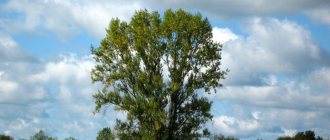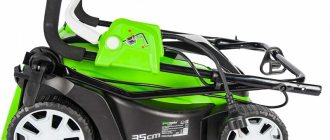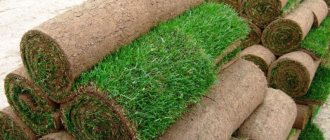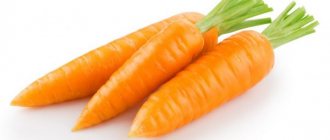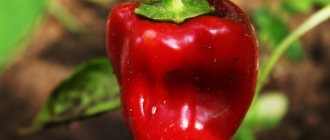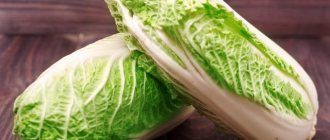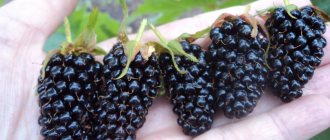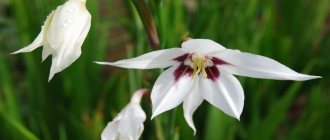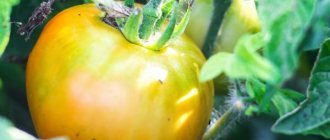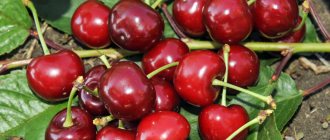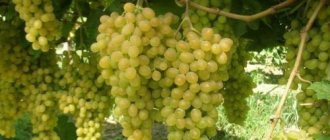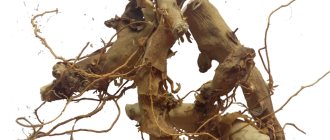The most common varieties
There are five basic grass mixtures that can be used to create garden lawns. These are herbs and plants with which you can grow:
- ordinary lawns
;
- parterre lawns
;
- sports grounds
;
- flowering moorish coatings
;
- shady lawns
;
- special bedspreads in green
.
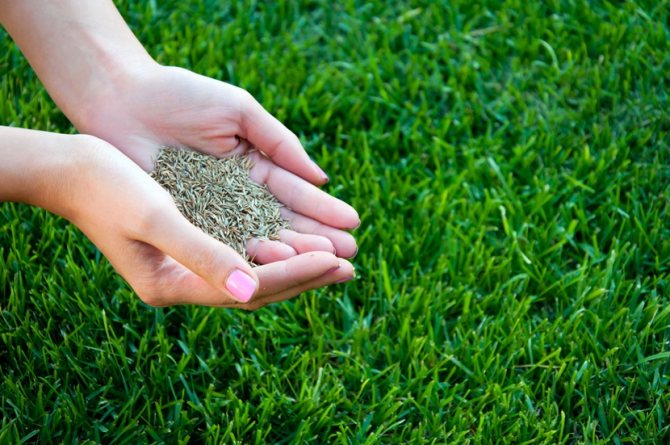
Grass mixtures for different types of lawns Source
Ordinary garden lawn
When it is formed, it is possible to get a cross between a parterre and a sports lawn. From the first species, he inherited high decorativeness, from the second, sufficient endurance to trampling. Such green lawns today adorn city parks and squares, lawns in front of private houses. If in the end you need to get the perfect compromise between high aesthetics and practicality, it is worth purchasing grass mixtures, the sowing of which allows you to get an ordinary lawn.
It boasts versatility. With it, you can create a luscious green carpet on a surface with a complex relief. The cost of the seed composition is low. It usually includes the common bent and the field comb. Red fescue, meadow bluegrass and ryegrass are most often added to them. It is these plants that increase the resistance of the lawn to trampling and create an unpretentious lawn to maintain.
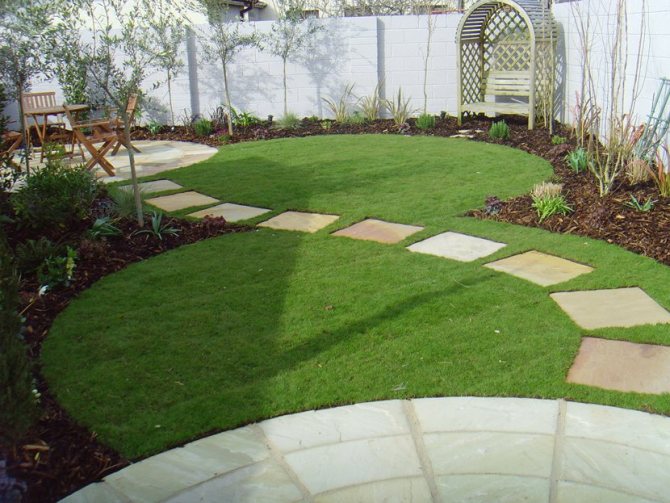

Ordinary lawn at their summer cottage
Parterre (English) lawn
This coating has another name. It is often called "ceremonial", this word is the main function of the described grass cover. It is absolutely not designed to be walked on, played with a ball or had picnics. It is created just for admiration. After the grass rises and is walked over it with a mower, a perfectly flat soft area appears, on the surface of which there is not a single flaw.
More recently, similar decorative elements were used to decorate royal palaces and parks. With the help of them, the angularity of the paved paths was hidden, their simplicity and coarseness were veiled. Nowadays, this kind of lawn can be seen in the garden of a middle-class entrepreneur, decorated in a strict classical style. Parterre lawns adorn the area in front of administrative buildings, large shopping malls or offices.
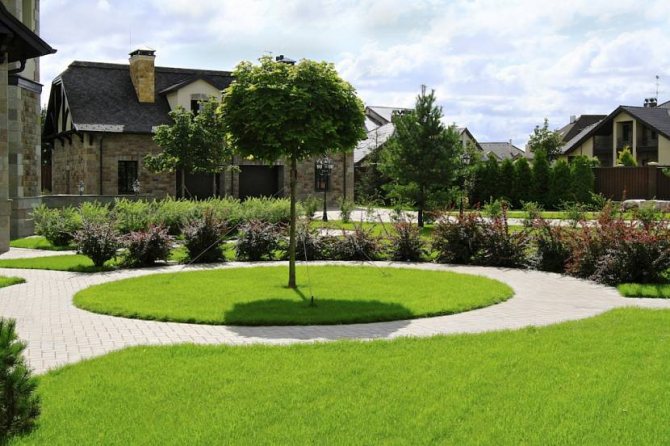

Parterre lawn as a garden decoration
On our site you can find contacts of construction companies that offer] design and landscape works of any complexity. You can communicate directly with representatives by visiting the Low-Rise Country exhibition of houses.
What is a parterre lawn? This is a very dense and dense canvas, the height of the grass of which is 3-4 cm; all the blades of grass have approximately the same thickness. When creating it, they adhere to strict rules, so the technical characteristics of the green coating are very high. The parterre lawn boasts a perfectly flat surface with a rich green color. Outwardly, it looks very decorative, therefore, for its breakdown, it is necessary to choose a place that is clearly visible, well-lit, not shaded by large trees and tall buildings.
The composition of grass mixtures includes perennial plants, herbs that grow very slowly. The most commonly used duet is fescue and bent grass.Their growth helps to form a dense layer of sod; after mowing, such plants quickly recover.
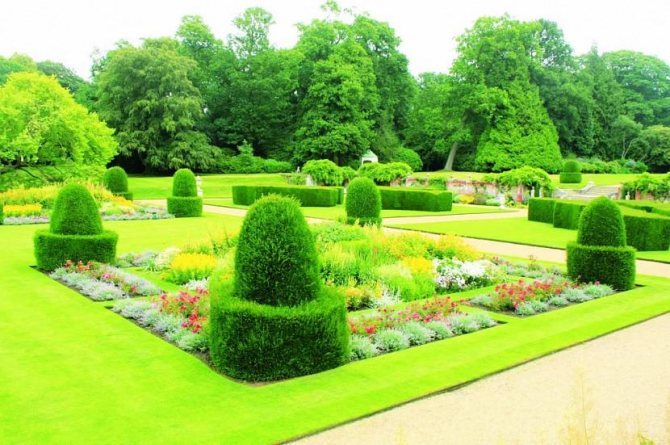

The duet of fescue and boulders helps to form a luxurious green carpet Source
Since parterre lawns are created "for centuries", it is important to take care in advance to prevent stagnation of rainwater. For this, the site for sowing grass is formed under a slight slope. Then the water will be naturally removed from the surface of the lawn on its own. When there is no possibility of forming a slope, a drainage system is installed.
A parterre lawn can only grow on fertile soils, so periodically the soil has to be fertilized. If you manage to grow it, it will turn out to make a real bright decoration on the site that looks very rich and even luxurious. With proper care, it will last long enough, for at least ten years, the owners will be able to enjoy the beauty of pearl greenery.
Constant watering and feeding is not the only expense item for porter lawn care. Its perfect appearance can be easily damaged. The grown grass is not resistant to trampling. It is difficult to explain this to small children, pets, and overly untied guests. The parterre grass looks perfect only in classical style landscape gardening. The parterre lawn cannot be used if the adjoining territory is decorated in country style or in modern style. The choice of this option for creating a lawn should be more than justified.
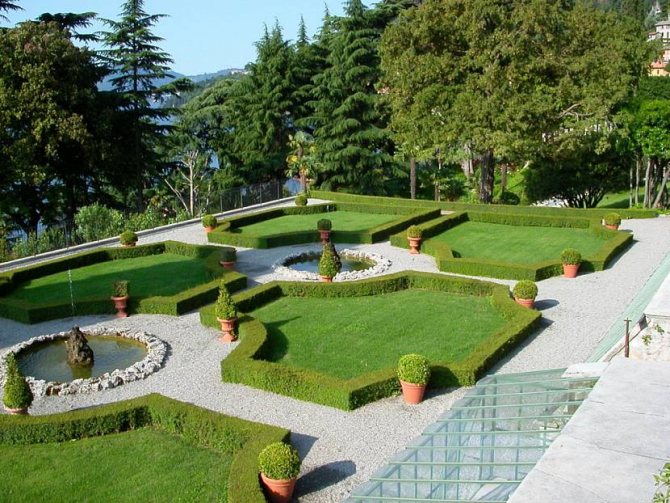

Parterre lawn in a classic style garden Source
This might be interesting!
In the article at the following link, read about what kind of grass is used for the lawn.
Sports lawns
They allow you to create ultra-durable green surfaces on which you can play with a ball, run and jump, and hold various sports competitions. To create them, different mixtures of herbs are used. By combining plants, experts create fields for tennis, football, golf. All of them have approximately the same trampling endurance, all are characterized by low mowing.
Such a green lawn does not need to be carefully looked after, but under its laying it is imperative to build a complex drainage system, carefully think over the irrigation process. Any failures in the operation of these components will lead to the loss of basic technical properties.
Sports lawns are created by sowing mixtures of herbs, which include oat bent, meadow bent, and pasture reegrass. One and a half times more seeds are sown per square meter than with any other type of lawn.
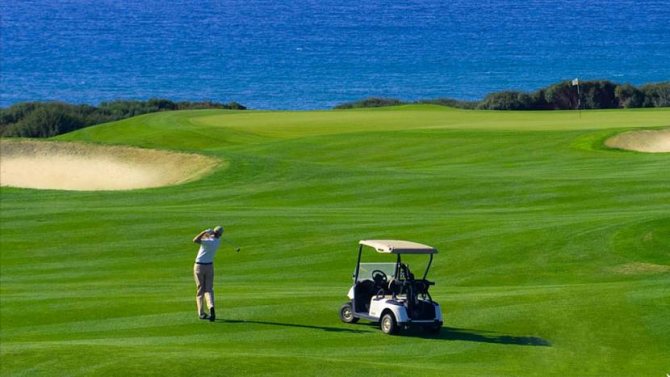

Sports lawns on golf courses Source .vn
Moorish lawn
Outwardly, it is very different from traditional green lawns and has a number of features. It is created using a mixture of field and cereal plants, not demanding on the composition of the soil and weather conditions. It can be planted in the shade of trees, along the banks of rivers and water bodies, on the side of large roads. If you choose the right plants, they will delight you with their flowering from early summer to late autumn. Inside it, some are finishing flowering, others are just beginning.
The easiest way to create a Moorish lawn is to buy a mixture at a specialized gardening store, you can make it yourself. To do this, you need to mix the composition intended for sowing an ordinary lawn with seeds of meadow flowers and cereals in 4x1 proportions. Mint, thyme and oregano, flax, snapdragon, meadow mattiola and double-pinned cosmos bloom very beautifully. You can add chamomile, calendula, poppy and Gaillardia seeds.
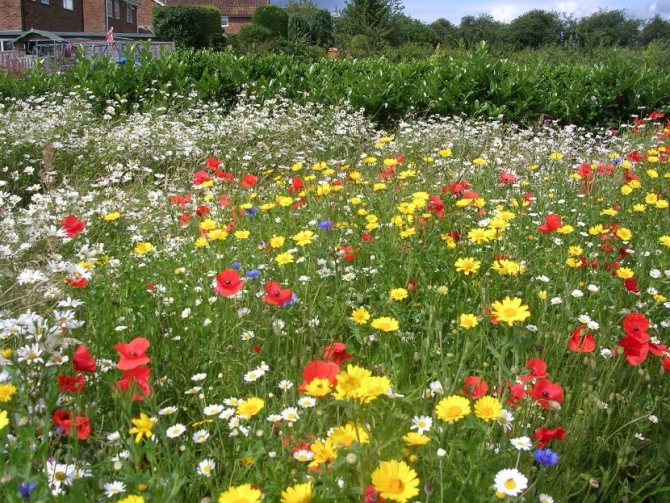

Blooming lawn - variegated Moorish lawn Source
This might be interesting!
In the article at the following link, read about the lawn in the country.
Sowing such a lawn will allow you to completely abandon regular mowing, a flowering lawn will not have to devote much time, it needs minimal maintenance (watering and limiting sprawl). The plants listed above are able to grow on any type of soil, blooming forbs always cheer up and pleases the eye.
When choosing this option for a lawn, it is important to take into account some of its features. Experts do not recommend building it on a large area, it will quickly get out of control and fill the entire site. For the correct selection of seeds, you must have the knowledge of a biologist. Only with the help of them will it be possible to make a beautiful, continuously blooming lawn. It is difficult to evenly distribute the mixed seeds. Experienced gardeners mix the planting material with sand before planting to facilitate this process.
It is important to always remember that a Moorish lawn is a composition consisting of herbs and cereals, selected in such a way that the plants do not compete with each other, but get along well together and form a beautiful cover during the growth process. It fits perfectly into landscape styles.
The difference between lawn grass and wild
Lawn crops differ from wild grasses in a set of useful properties.
It includes:
- fast growth of shoots. Due to this quality, in a few weeks after planting, the seedlings form a dense sod layer;
- aesthetics. A green lawn in front of the house or in the backyard can become an element of the garden landscape, a place for relaxation, as well as a playground;
- tactile sensations. Touching the lawn, a person will feel the velvety surface of the leaf blades;
- a variety of shapes and varieties. The grower can choose from more mixtures and monocultures.
When purchasing seed material for planting a lawn, you need to focus on the following factors:
- seed quality. When purchasing, make sure that the seller can provide the appropriate certificate;
- climatic conditions. Each culture is characterized by its own level of resistance to sudden temperature changes;
- features of the selected site (location, soil cover properties, groundwater level).
- The list also includes the color of the grass, the tolerance of cutting, the uniformity of seedlings, the type of root system, the shelf life of the seeds.
Video description
The video shows how a Moorish lawn might look like:
Shade-tolerant lawns
These include luxurious emerald green lawns that are created with plants that can grow in the most problematic areas in the garden. These include poorly lit areas. Such lawns can demonstrate high endurance, the grass on them, despite the lack of light, grows rapidly, while it is very unpretentious.
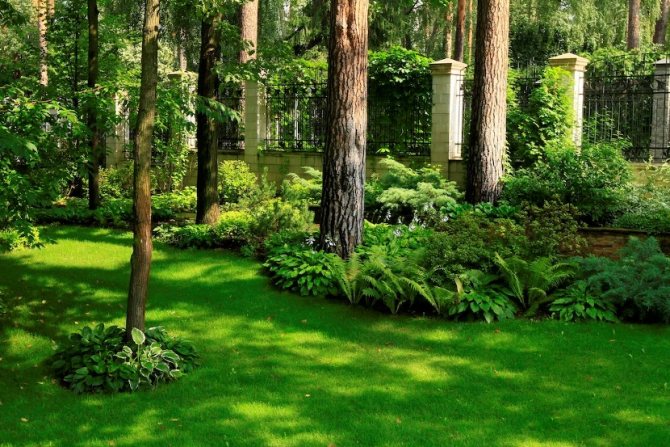

The beauty of shady lawns Source gazon-
To create shade-tolerant lawns, ground cover and cereal plants that have undergone a special selection are used. Most often, clefthoof, periwinkle and tenacious are used for the designated purposes. Lawns created with mosses that are resistant to trampling are gaining popularity today. They are able to fill any gaps, any gaps between stones and tree roots. With their help, you can hide unsightly areas and create a special natural charm.
You can safely walk on such surfaces with your feet, they do not require any maintenance. With the help of mosses, you can create evergreen and fine-textured fragments, the texture of which strongly resembles the texture of velvet. They are not afraid of severe frosts, hot heat, sharp temperature fluctuations. They don't need to be cut. Planting mosses does not require any material costs.It is enough to buy a rhizome only once, it grows very quickly and protects the soil from weeds, from erosion. Even when it seems that the plant has completely died, this does not mean that it cannot be reanimated. It is enough just to water the moss abundantly, and the plant will quickly restore its decorative effect.
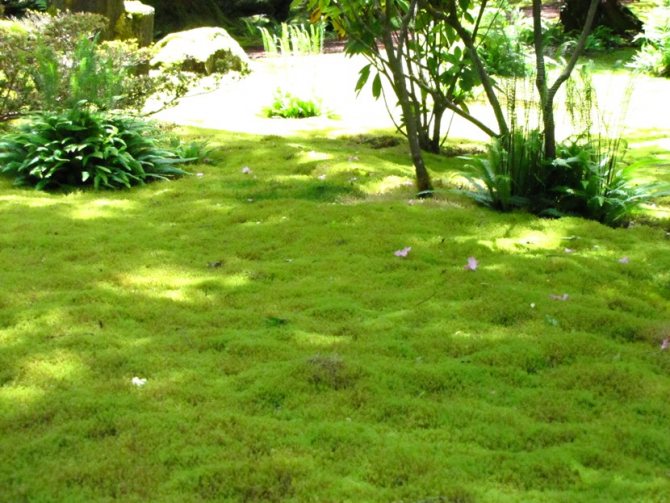

Moss instead of lawn
This might be interesting!
In the article at the following link, read about Japanese mini-gardens in your home.
Today it is actively used by landscape designers for landscaping the most shady areas of the garden. And this area is so far the only option for using mosses for landscaping the described areas.
Meadow lawn


Meadow lawn can be planted in unprepared soil. To make it decorative, it must be mowed. Typically, a meadow lawn consists of a mixture of three to five species of cereal plants with the addition of other species to make it more decorative. At the beginning of summer, the meadow lawn will be covered with decorative flowering annuals, which will then gradually change to cereal plants. Usually the meadow lawn is adapted to the local climatic conditions.
Video description
which shows how you can use Irish moss instead of grass:
Ungrassy lawns
There are artful imitations of green lawns created with ground cover plants. They are used where it is not possible to carefully care for a green lawn, where you need to quickly plant a large area without much effort, where it is necessary to emphasize the style chosen for creating landscape design.
Such lawns have a miraculous appearance, they do not require special care, a wide variety of plants are allowed. It is determined by the need to create some kind of special decorative effect. Best suited for this are clover, phlox, thyme and tenacious.
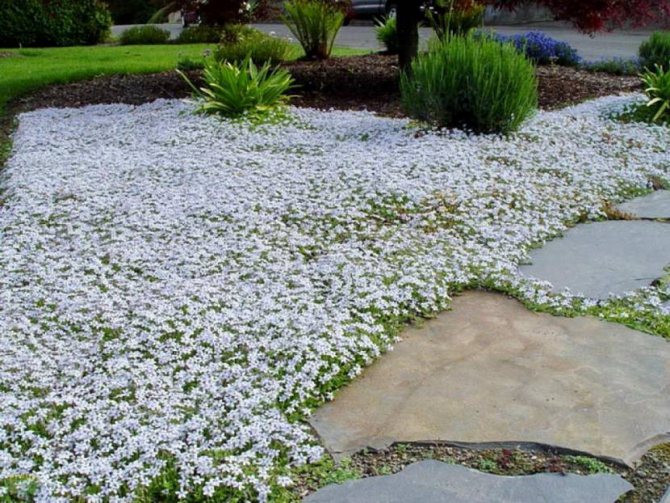

Ground Cover Lawn
Special lawns
These include lawns that are designed for a specific, practical purpose. For example, to strengthen the slopes of hills, sod roadsides, to prevent soil erosion on the banks of water bodies. For this, plant seeds are used, which grow quickly and form a very dense turf.
In order for the lawn in such situations to be able to cope with the function assigned to it, additional devices are used. When strengthening the slope to prevent the seeds from slipping, a geogrid is used. It is inserted directly into the soil before planting the seeds and holds the soil well. To create special lawns, perennial ryegrass (50% of the mixture), meadow fescue (25% of the mixture) and white bent grass (25%) are usually used.
Parterre lawn
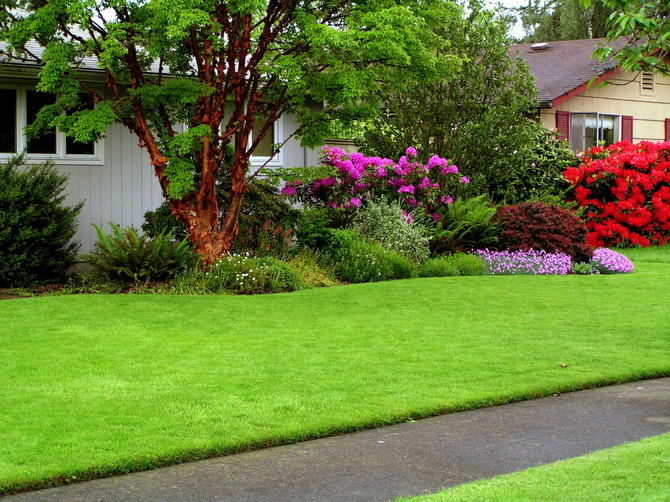

The parterre lawn is the most decorative type among all lawn mixtures. It is planted on the front lawns in front of the main entrance. It is not intended to be trampled, but has a decorative purpose. In appearance, the parterre lawn is dense, saturated green, even shade, even, without lunges. The herbage is dense and consists of small gramineous species. Usually the parterre lawn serves as a noble backdrop for flower beds with roses.
In the conditions of the Russian climate, it is problematic to grow a quality parterre lawn. It requires careful grooming, frequent haircuts, and a humid and warm climate. Usually a parterre lawn is common in European countries, especially in England.
By the height of the shoots
This criterion determines in which layer of vegetation the lawn grass will be located.
It is customary to distinguish between the following tiers:
Upper - it is formed by more light-loving plants, the stems of which can reach more than 1 meter in height. Representatives: vicoliate sainfoin; awnless bonfire.
Middle - is formed from semi-upper grasses with a stem length from 50 cm to a meter.They bush very well after cutting, forming a beautiful cover. Among them: hybrid clover; yellow alfalfa; timothy.
Lower - usually these are herbs that tolerate slight darkening well, with thin stems up to 70 cm in height. These include: field grass; white clover; red fescue.
Red fescue - unpretentious beauty
Fescue is an unpretentious herb. Even in the absence of any care, its roots constantly grow and form a solid sod. With constant care of fescue, its grass will be soft and silky. It shimmers beautifully in the sun in different shades of green, pleasing to the eye and calming the nervous system. Red fescue has such qualities as shade tolerance and drought tolerance.
Bluegrass and fescue live well together on the same lawn. These varieties complement each other well: in a drought, fescue reigns on the lawn, and in the cold season, bluegrass pleases the eye. The same lawn can be different depending on the season: it changes its appearance (shades of green), but never turns yellow.
- Sheep and dry fescue - 2 similar species. These are steppe grasses forming a hummock. They are drought-resistant and unpretentious, but you cannot get a lawn carpet from them either. Another drawback is that they grow slowly. When the seeds of red fescue are clogged, they spoil the lawn with their appearance.
- Reed fescue is salt and drought resistant and can only exist on temporary lawns in warm climates.
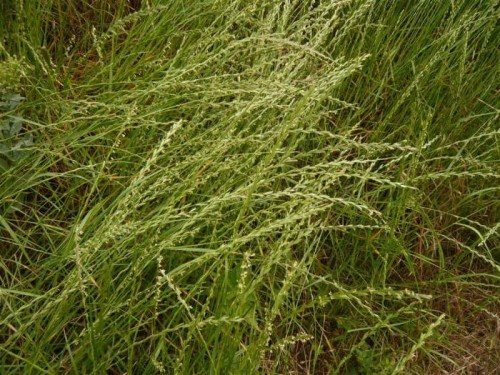

Pasture ryegrass
Decorative
This type is often resorted to to disguise and decorate unsightly places in the country - and the relief of the site does not play any role here. Thanks to decorative lawns, any nondescript corners of the backyard territory can turn into its bright advantages.
The main differences between the presented variety are:
- - decorativeness;
- - drought resistance;
- - frost resistance;
- - resistance to regular haircuts;
- - resistance to trampling (unlike parterre, you can walk on decorative lawns without fear or use them as recreation areas).
The traditional green carpet blend typically contains broadleaf grasses that form a dense, resilient sod. Among them, as a rule, there are Siberian wheatgrass, meadow fescue, flattened (common) bluegrass, ryegrass and bent grass.
